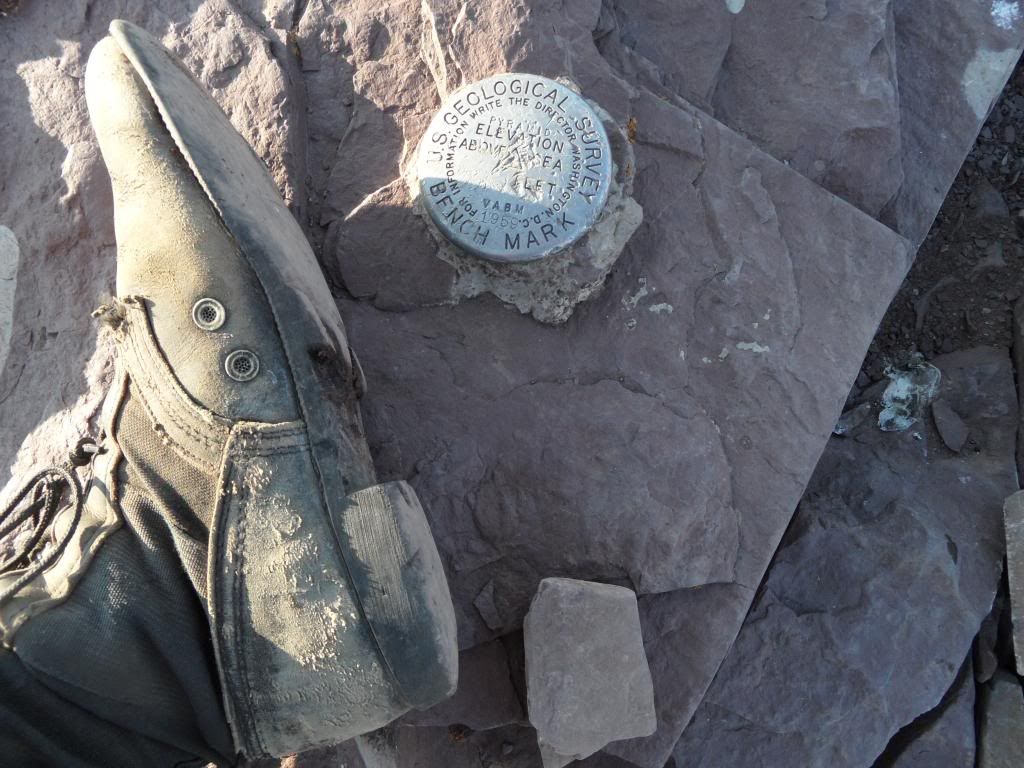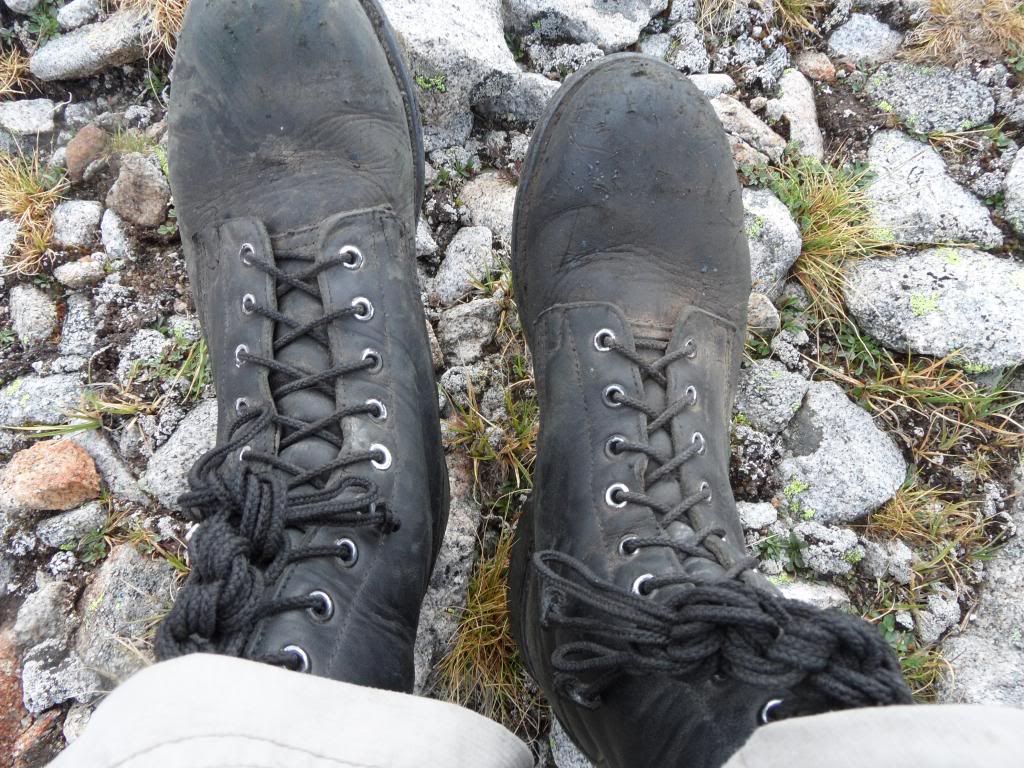It's like there's a myth that climbing shoes have exclusive use of grippy rubber soles. They don't. There's an inverse relationship between grip and longevity, just like car tires. Rubber is just for friction, but for more of a lock or mechanical grip, you need tread. Chuck Taylor All Stars (the ubiquitous Converse that's out sold Air Jordans in terms of player-sponsored shoes) have GREAT rubber grip, but so-so tread, and essentially zero rigidity, which is fine for a shoe meant to grip lacquered wood basketball floors. Conversely, crampons have no friction grip, but a ton of mechanical if they can get purchase; if not (stepping on a slope of thick sheet metal) you'll slide right off. Either way, it really comes down to getting the most out of what you have.polar wrote:In terms of footwear, I definitely wouldn't do any scrambling in my boots if I can help it. I want good range of motion in my feet when I'm scrambling, so it's either low top hiking shoes or approach shoes for me. Climbing shoes would most likely be overkill. On dirty and loose routes, climbing shoes are actually more slippery due to the lack of tread on the soles. The exception would be the flatirons, the rock is slabby and really solid, were the friction from climbing shoes make a difference.
Wore these jump boots up N. Maroon and Pyramid with no problems. If you get the right type, you find (new) they have good grabby tread with a solid heel notch (great for hooking the edge or flake of rock), soft grippy rubber, flexible forefoot to conform, but stiff enough heel and mid-sole to stand on the knife edge of rock without folding. Breath well, dry quick, speed laces, and easy to tuck pants into to forego gaiters in many instances.






